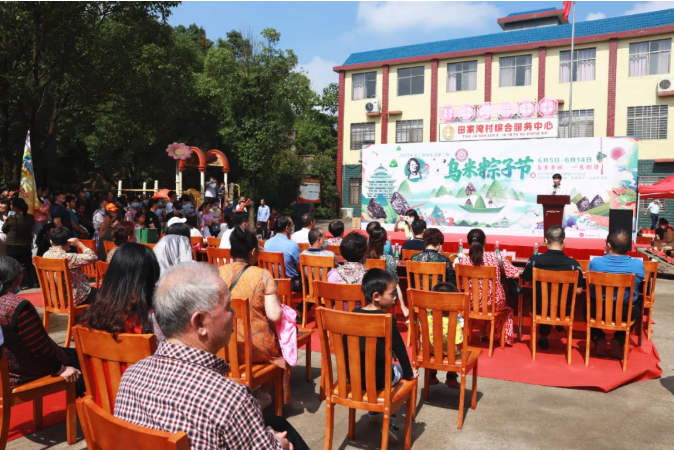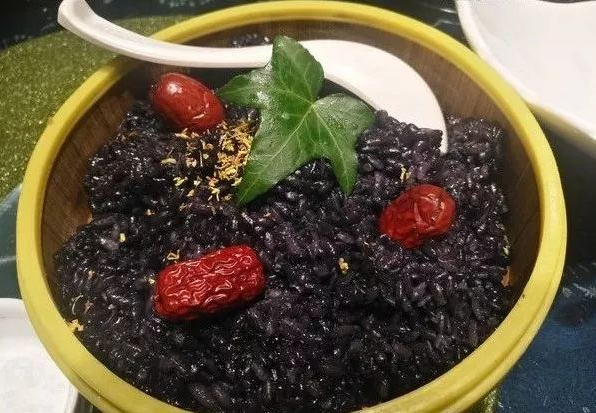Third Tianjiawan Black Rice Dumpling Festival kicks off
The third Tianjiawan Black Rice Dumpling Festival kicked off in Aoshang Town, Suxian District, Chenzhou City on June 5. Nearly a thousand visitors from the city or nearby villages experienced the local customs of the Dragon Boat Festival in advance by tasting black rice products, and participating in rice dumpling-making competition.

The making of black rice dumpling can be traced back to Tang Dynasty, which now is included on the intangible cultural heritage list at district level. The production processes of black rice dumpling are quite complex. Firstly, we need to pick more than 10 kinds of edible leaves such as wild schizonepeta leaves and young maple leaves. Then after washing these leaves, we need to mash them to get the juice and soak the glutinous rice in the juice for a whole night. Next, when making rice dumplings, we can add some fresh meat, egg yolks, red beans or Chinese chestnuts as fillings. Finally, the rice dumplings are cooked with spring water from Tianjiawan Buddha Temple. Though the production processes are quite time-consuming, the black rice dumplings taste good.

Black rice dumplings are known to the local people. A local villager named Li Qixiang returned home and started to inherit this intangible heritage years ago. She develops black rice into black rice dumplings by combining Chinese medical herbs and organic ingredients, and creates a characteristic brand—Xiangjie Black Rice Dumpling. At present, Xiangjie Black Rice Dumpling sells well in China, with the annual sales of 800,000 dumplings, which greatly promotes the development of the rice dumpling industry and local tourism, and provides jobs for local villagers. Many villagers are engaged in the production of black rice dumplings. The whole village is filled with the fragrance of rice dumplings all the year around.




